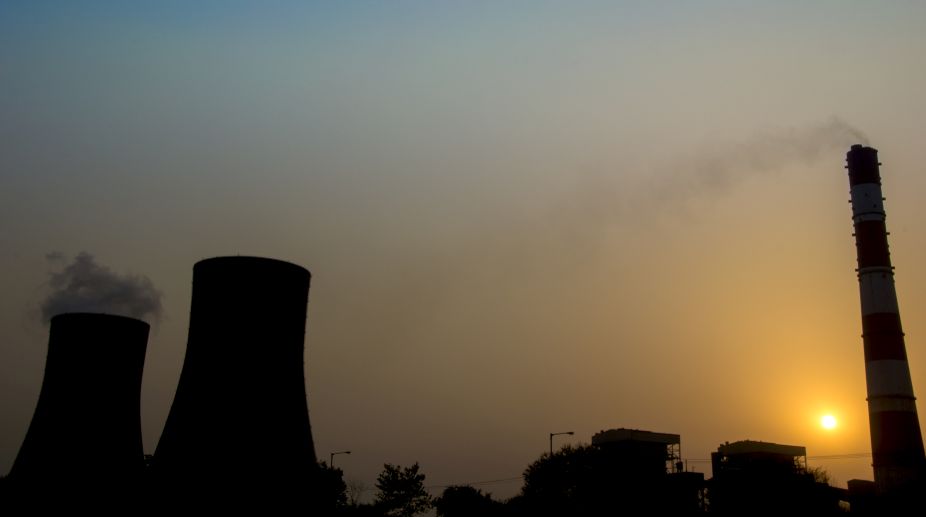The Forest and Environment Ministry has set an ambitious target of utilising 100 per cent of the ash emanating from thermal power plants (TPPs) by the end of 2017, which is polluting air and water in adjoining areas. Fly ash generation is expected to touch 300 MT by 2022.
The Environment Ministry has directed the TPPs to utilise all the fly ash coming out of them by December 2017. At present only 61 per cent of the ash is used.
Advertisement
Punjab, Delhi and Haryana are the only states utilising fly ash for productive purposes. The states which have been performing poorly and are highly unlikely to meet the Environment Ministry target include Bihar, Chhattisgarh, Madhya Pradesh, Karnataka and Uttar Pradesh.
Bihar is not using even 34 % of the fly ash. In Chhattisgarh utilisation capacity in 2015-16 was 32.69%. The worst performance is of Telangana where the utilisation is as low as 29 %, said a senior officer of the Power Ministry. Gujarat, West Bengal, Rajasthan and Jharkhand are likely to meet the government’s target as they have already achieved more than 90 % capacity utilisation.
Altogether 151 major thermal plants in the country generate 176.74 million tonnes (MT) of fly ash, of which only 107.76 MT is utilized. The remaining nearly 70 MT is dumped, creating pollution problems.
To promote fly ash use, the Environment Ministry has directed the TPPs to bear full cost for ash transportation to projects under Pradhan Mantri Gramin Sadak Yojna and other government asset creation programmes ~ mainly dams, embankments and roads in a radius of 300 km.
TPPs have been asked to equally bear the transportation cost with other construction agencies in the radius of 100 km of the power plants











